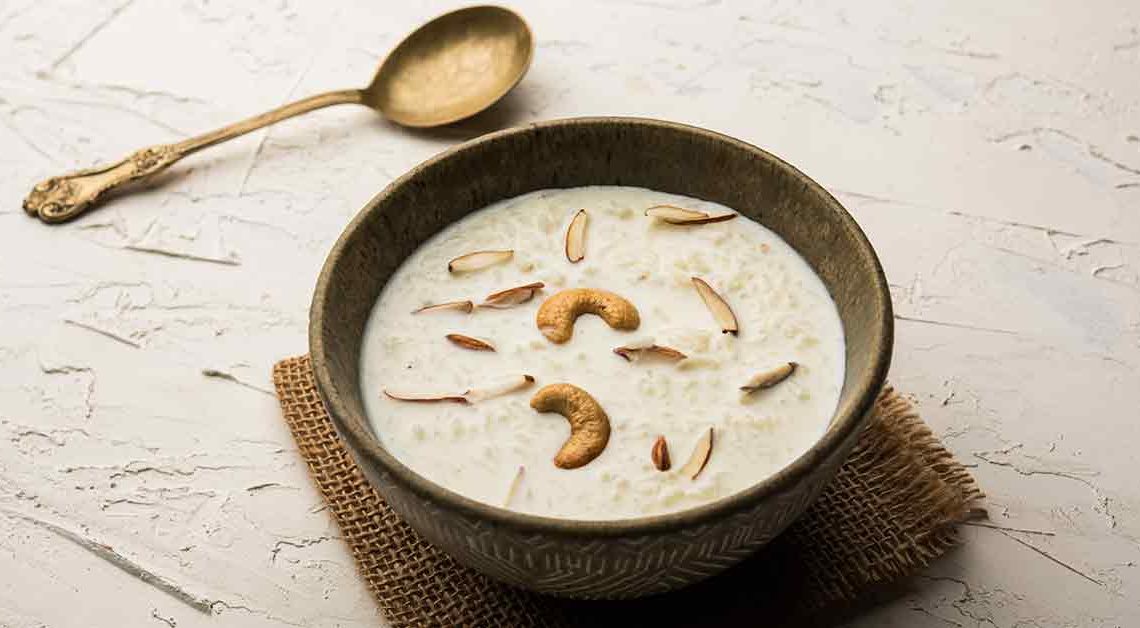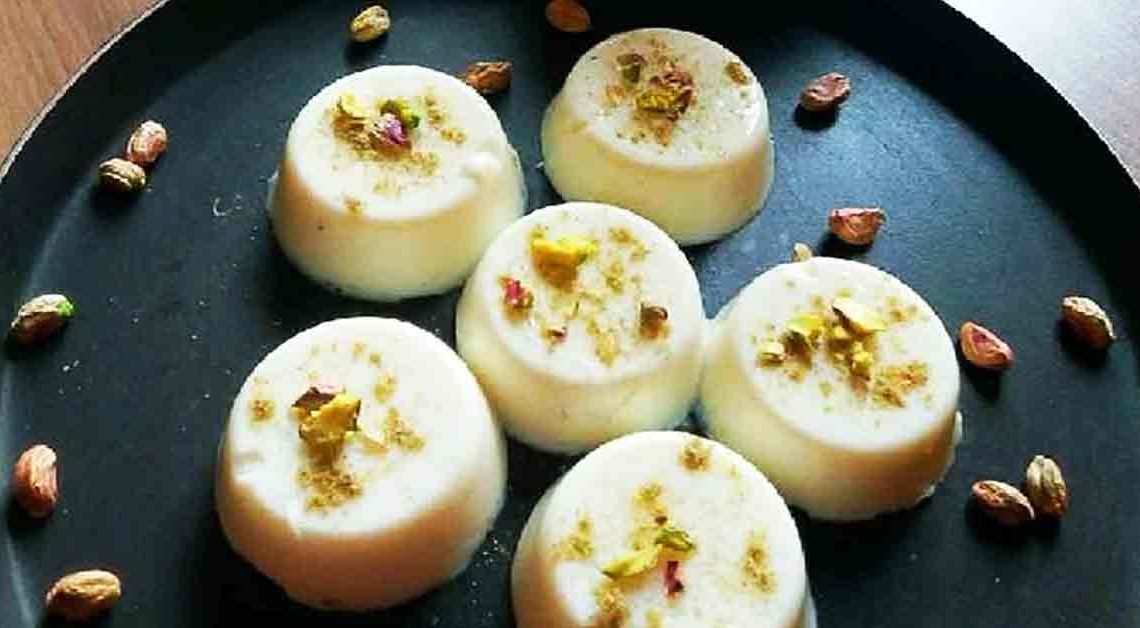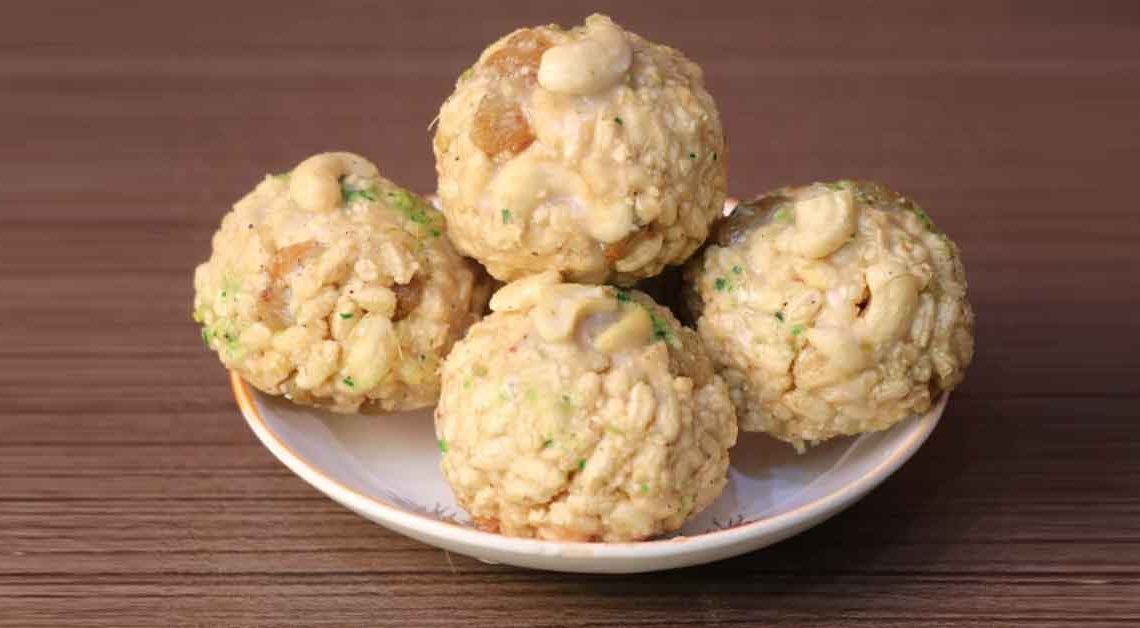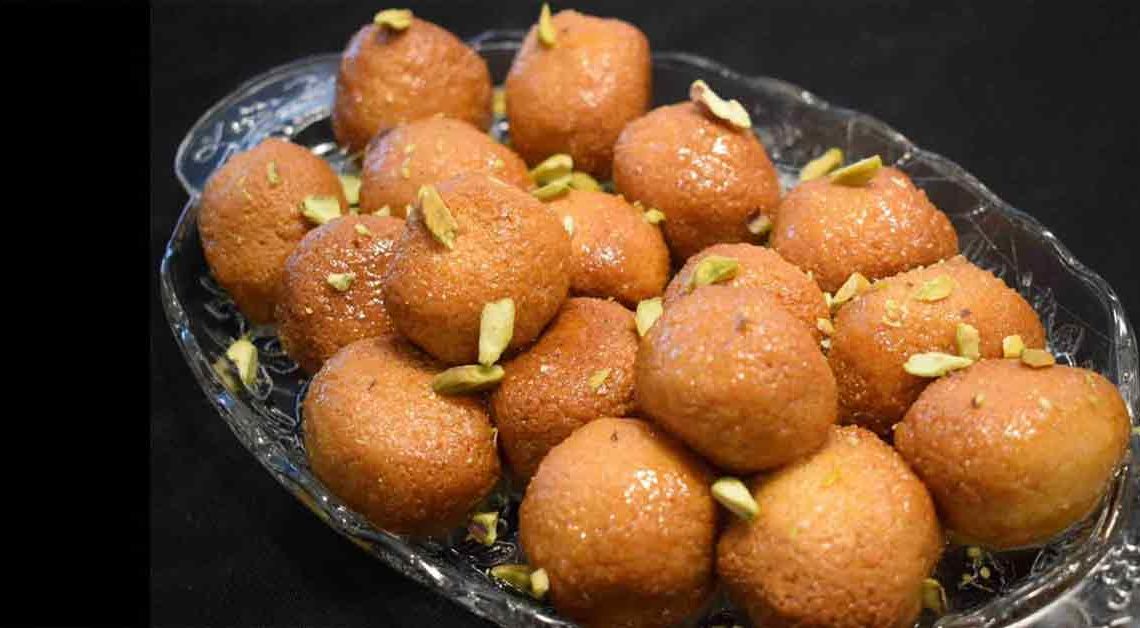Doodh Pak Diaries

Welcome to Mithainama! Unlock the treasury of flavors with our newest culinary adventure: ‘Doodh Pak Diaries’! Step into a world where creamy indulgence meets the warmth of tradition, as we delve into the heartwarming tale of Doodh Pak. A culinary masterpiece that hails from the rich tapestry of Indian desserts, it is not just a sweet treat; it’s a timeless journey through culture, heritage, and the art of savoring life’s simple pleasures.
So, get ready to dip into the velvety dreamscape of Doodh Pak, where every spoonful is a step back in time and a celebration of the present. From history to innovation, tradition to fusion, let’s embark on this delectable journey together!”
Origin of Doodh Pak
Doodh Pak is a traditional Indian dessert that originated in the state of Gujarat, India. It is a rich and creamy rice pudding made with milk, rice, and sugar, flavored with cardamom and garnished with nuts such as almonds and pistachios. The name “Doodh Pak” translates to “milk dessert” in Hindi, reflecting its primary ingredients.
This dish is commonly prepared during festivals and special occasions, and it holds cultural significance in Gujarati cuisine. It’s often offered as prasad (a religious offering) during Hindu religious ceremonies and celebrations.
The exact origins might be challenging to trace, as many traditional recipes have evolved over time through regional variations and cultural exchanges. However, it’s firmly rooted in the culinary heritage of Gujarat and continues to be enjoyed by people across India and beyond.
History of Doodh Pak
The history is intertwined with the rich culinary traditions and cultural practices of India, particularly in the state of Gujarat. While there might not be precise historical records documenting the exact origins of dessert, we can piece together its history based on the broader context of Indian cuisine and culinary practices.
Indian cuisine has a long history dating back thousands of years. Rice and milk have been staple foods in India for centuries, and the combination of these two ingredients likely gave rise to various rice-based milk dishes.
Rice puddings have been enjoyed in various forms in many cultures around the world. In India, rice pudding-like dishes have been mentioned in ancient texts and scriptures. These early versions might have laid the foundation for the creation of Dessert.
Cultural Significance
Doodh Pak holds significant cultural value in Indian traditions, particularly in the state of Gujarat and in Hindu religious practices. Its preparation, presentation, and consumption are associated with various cultural and social contexts:
Religious Offerings (Prasad): It is often prepared as an offering to deities during Hindu religious ceremonies and festivals. It is considered a special treat that is first offered to the gods and then distributed to devotees as prasad (blessed food).
Festivals and Celebrations: It is a prominent dish during festivals such as Diwali, Navratri, and Janmashtami. It adds a touch of sweetness to celebratory meals and gatherings, enhancing the festive spirit. Its rich and creamy nature makes it suitable for special occasions.
Culinary Heritage: It is a part of India’s culinary legacy. It represents the fusion of flavors, ingredients, and techniques that have been passed down through generations. By preparing and sharing dessert, families and communities uphold their cultural heritage and transmit it to younger generations.
Where is Doodh Pak Famous?
It is especially famous in the western Indian state of Gujarat and in regions where Gujarati cuisine is prevalent. It is a traditional dessert that holds cultural and culinary significance in Gujarat and is commonly prepared and enjoyed there. Here are some places where Doodh Pak is known and enjoyed:
Gujarat: As the birthplace of Doodh Pak, Gujarat remains the epicenter of its popularity. It is a staple dessert during festivals, weddings, and other special occasions in Gujarati households. The state’s culinary culture cherishes Doodh Pak as a traditional and beloved sweet dish.
Maharashtra: Due to its proximity to Gujarat and cultural exchanges, it is also enjoyed in Maharashtra. It is often prepared during festivals and family gatherings, especially in regions with a significant Gujarati population.
Rajasthan: It is sometimes prepared and enjoyed in Rajasthan, another neighboring state. While it might not be as prevalent as in Gujarat, its influence and popularity can be observed in some communities.
Interesting Facts and Trivia
Certainly! Here are some interesting facts and trivia related to Doodh Pak:
- One of the most fascinating aspects is its role as a religious offering. It is commonly prepared as prasad (blessed food) and offered to deities during Hindu religious ceremonies and festivals.
- The primary ingredients are milk, rice, and sugar. However, variations may include other ingredients like saffron, cardamom, and a variety of nuts like almonds, cashews, and pistachios.
- It is known for its rich and creamy texture. The rice and milk are cooked together to create a luscious pudding-like consistency that is both comforting and indulgent.
- Milk is a symbol of purity and nourishment in many cultures. Doodh Pak’s use of milk aligns with the cultural symbolism of abundance and prosperity.
- Many families have treasured recipes for dessert that are passed down through generations. This passing on of recipes and techniques keeps the tradition alive.
Did You Know?
Did you know that Doodh Pak, the beloved Gujarati dessert, not only tantalizes your taste buds but also brings with it a range of health benefits?
- The main ingredient, milk, is an excellent source of calcium, crucial for maintaining strong bones and teeth, as well as supporting nerve function.
- Milk in it provides high-quality protein that helps in muscle repair, growth, and overall body maintenance.
- The combination of milk and rice offers a good balance of carbohydrates and protein, providing sustained energy throughout the day.
- The gentle spices used in Doodh Pak, such as cardamom, can aid digestion and soothe the digestive tract.
- Some versions of desserts might include saffron, which adds a touch of luxury as well as a boost of iron for maintaining healthy blood cells.







